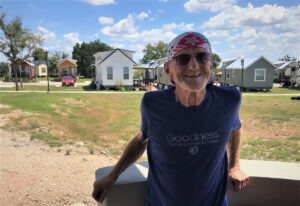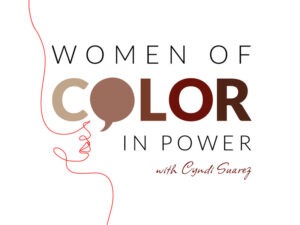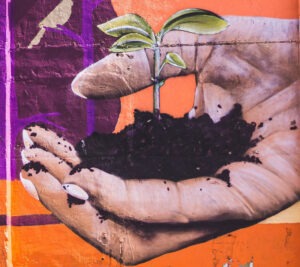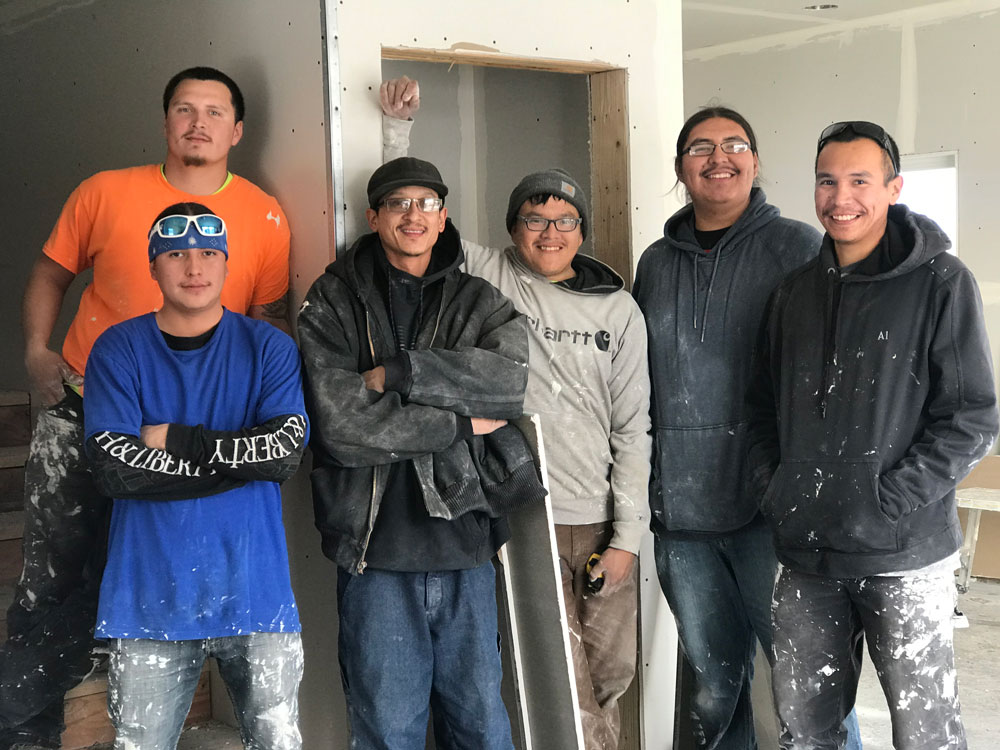
American Indians, the original inhabitants of this land, often are made to be invisible in US society. Yet today the Census tells us that 6.795 million have Native American ancestry, of whom an estimated 20,000 live on Lakota land at Pine Ridge in southwestern South Dakota.
“Do we have it hard? You bet,” says Jennifer Irving, a longtime resident of Pine Ridge. “But at the same time, I don’t want us to ever overlook the beauty of the people and the resiliency that lives here,” she adds. “We’ve always been a people that will fight for our way of life.”
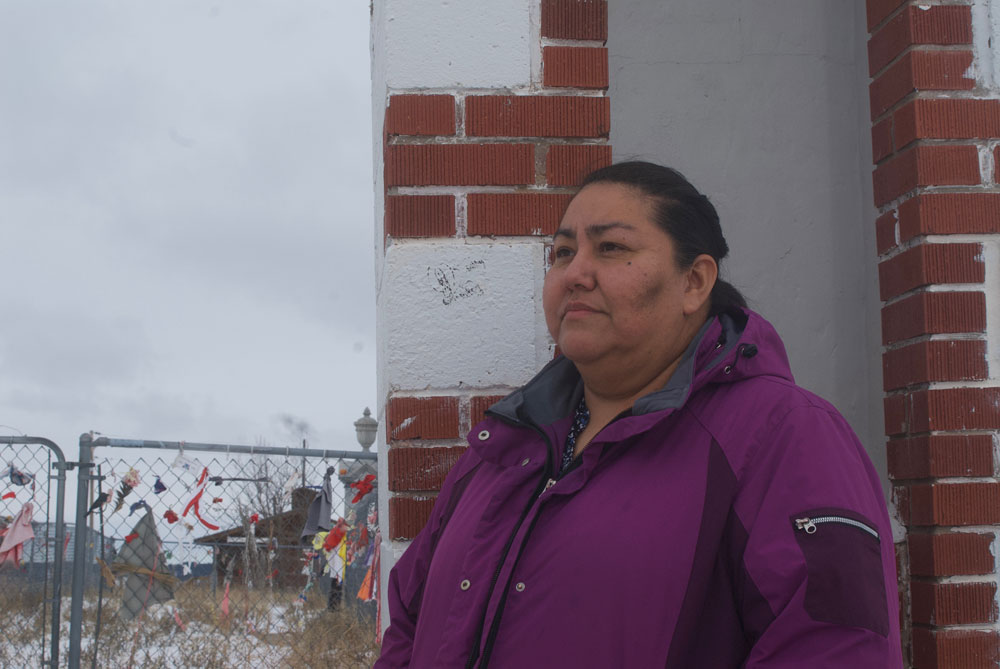
In our latest Tiny Spark podcast, Irving, the former deputy director of Thunder Valley Community Development Corporation, describes how the nonprofit was founded in a sweat lodge a dozen years ago. It is now focused on strengthening the Oglala Lakota nation’s cultural identity and testing innovative economic models aimed at helping native people to prosper. Irving stresses the importance of their work in an area where 97 percent of the population live far below the U.S. federal poverty line. The average per capita income is less than $8,000 a year, and life expectancy is about 50.
Irving begins a tour of the reservation by taking Amy Costello to Wounded Knee, the site of a massacre that occurred more than a century ago. It’s estimated that the US Army’s 7th Cavalry division slaughtered up to 300 Native Americans on the reservation, about half of them women and children.
“This is a place of a lot of trauma and sadness,” Irving says. “But for me, it’s also a place of recovery and a place of hope because I’m still standing here, right? So descendants of tragedy and trauma and travesty, we’re still here.”
In the podcast, we visit projects in Pine Ridge that are empowering Lakota people to address major challenges facing their community, whether reviving the Lakota language or addressing the housing shortage.
“Long ago, we didn’t rely on somebody to come down here and put up our teepees for us, or provide food for us, or shelter,” Alan Jealous says. “We did it for ourselves.”
Sign up for our free newsletters
Subscribe to NPQ's newsletters to have our top stories delivered directly to your inbox.
By signing up, you agree to our privacy policy and terms of use, and to receive messages from NPQ and our partners.
Jealous is the 26-year-old co-founder of Thikaga Construction, which is helping to build 21 houses on the reservation, funded in part by the Thunder Valley Community Development Corporation.
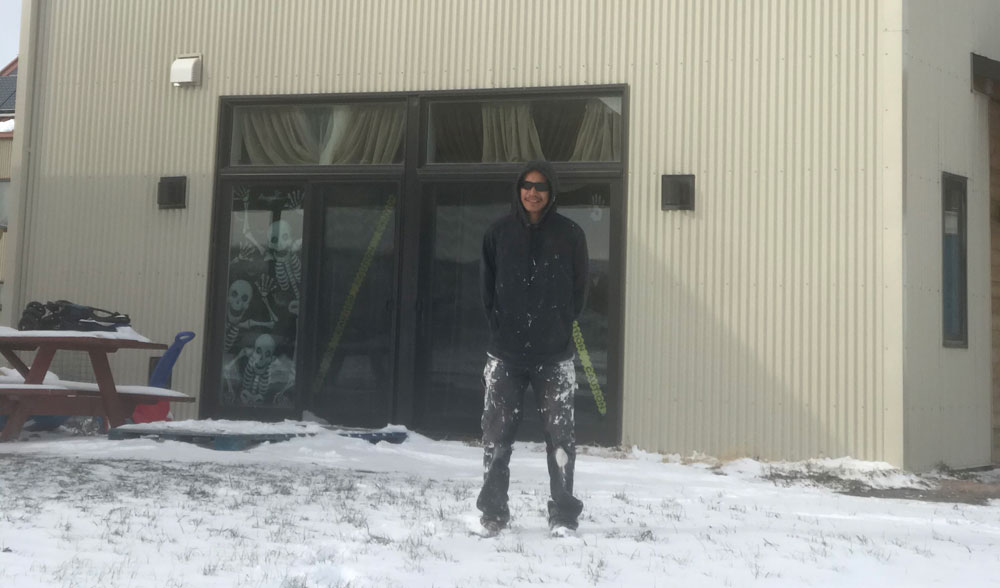
At a language immersion program, more than a dozen children are learning Lakota, which many of their parents do not speak. Maggie McGee is one of the childcare providers at the program and her daughter, Harper, is in the program. “These kids are giving us our language back,” she says. “It’s very inspiring.”
The Lakota language resurgence is evident at Pine Ridge Girls’ School, too, which bills itself as the first all-girls native prep school in the nation. Tenth-grader Aurora White Thunder is one of 27 girls attending the school, which infuses its curriculum with Lakota language classes, traditional arts programs, and indigenous ceremonies.
“When I first came to this school, it helped me be comfortable in my own skin, and my own identity as a Lakota,” White Thunder says. “When I was growing up, I wasn’t really exposed to that.”
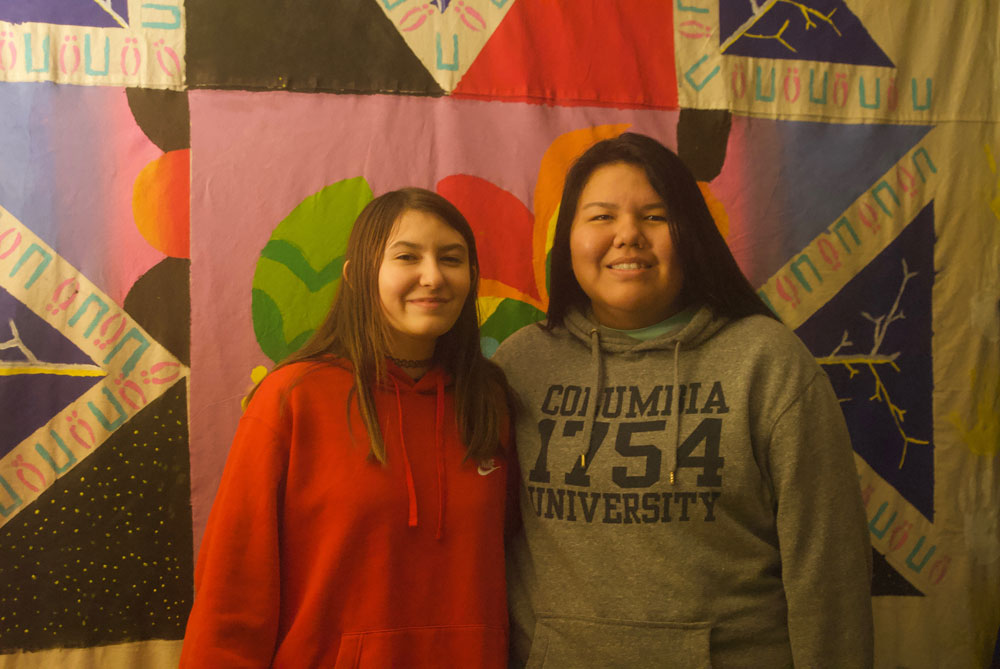
April Johnston, the acting head of the school, hopes this new generation will see that a reverence for indigenous culture is not a hindrance to future success but will actually help to empower these girls in whatever paths they choose in life. “I was taught that there is a difference between what it meant to be an indigenous person, and also what success looks like, and that whole notion of the American dream,” she says. But the Pine Ridge Girls School is working to teach this generation that they don’t have to compromise one over the other. “It’s okay to be indigenous and it’s also okay to want to be successful and want to go off to college,” Johnston explains.
For Jennifer Irving, these are the powerful Lakota stories that need to be told. “You have folks saying, ‘Well, they’re so poor. They’re so pitiful. They can’t manage things. They can’t manage programs. They can’t manage money. They can’t manage schools and hospitals.’ And I think that’s not true at all,” she says. “We’re at a place where people want to be innovative and creative…Now, it’s time for us to thrive.”
Additional Resources:
- Nonprofit Quarterly webinar, “Remaking the Economy in Indian Country”
- Huffington Post: “This Community Is Striving To Rebuild One Of The Poorest Places In America”
- Kirwan Institute: “Strengthening the Pine Ridge Economy A Regional Equity and Opportunity Assessment”
- Thunder Valley Community Development Corporation website
- CNN: “The forgotten Americans of Pine Ridge”





